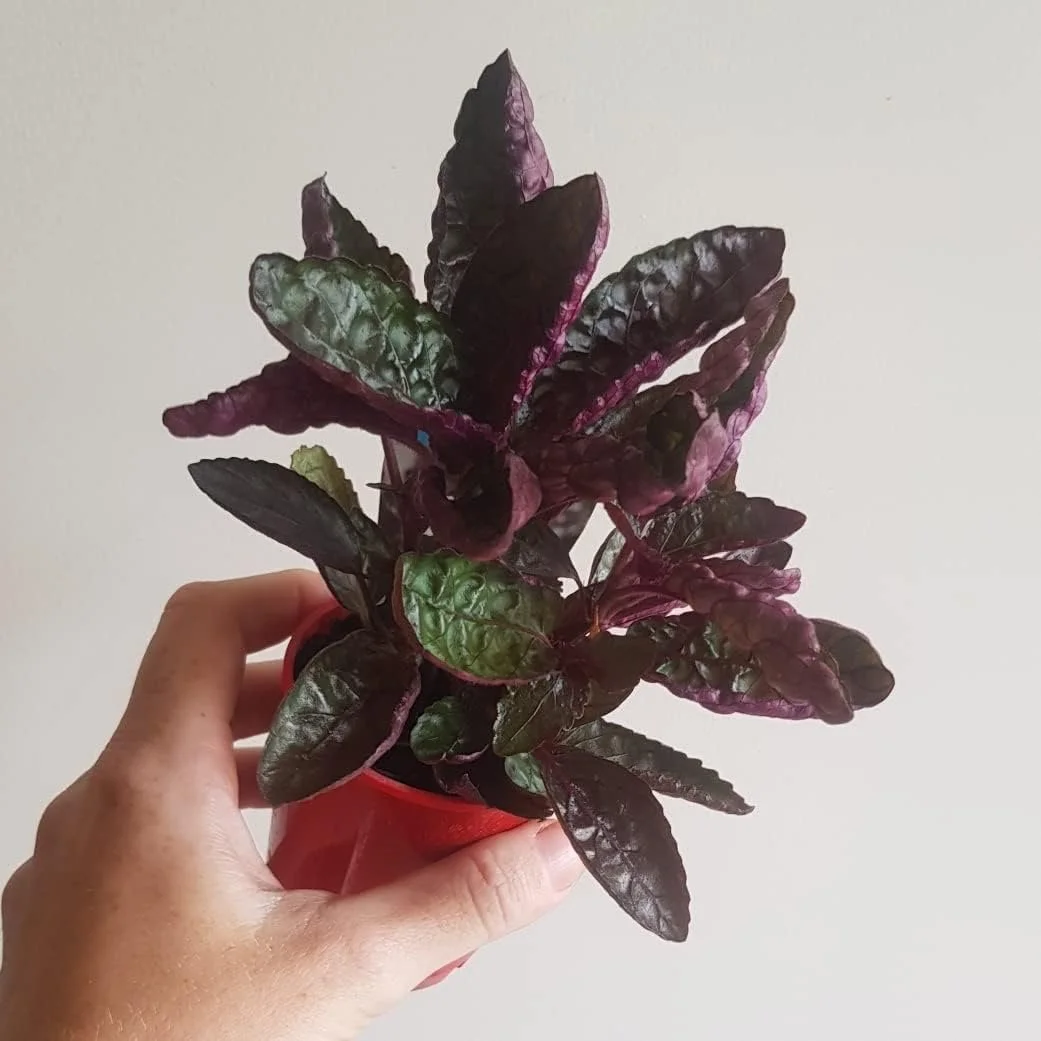Houseplants certainly add to a home’s décor, but they can also purify indoor air.
“This is an area that’s been largely ignored, and the health issues are potentially astronomical,” says University of Georgia horticulturist Stanley Kays. “We spend as much as 90 percent of our time indoors breathing indoor air that often contains a diverse range of volatile organic compounds (VOCs), many of which are toxic.”
Houseplants can absorb those VOCs. To determine the best air-purifying houseplants, researchers at the University of Georgia evaluated 32 plant species. Of those tested, purple waffle plant (Hemigraphis alternata) best removed VOCs from the air.
Other species with superior filtering abilities were English ivy, purple heart, foxtail fern and wax plant.
In the study, the plants were tested for their ability to remove benzene, toluene, octane, and trichloroethylene, all considered toxic. Plant specimens were placed in sealed glass containers. The VOC levels within were monitored over a six-hour period.
More than 300 volatile organic compounds have been identified as indoor contaminants, not including dust and inorganic gases. These compounds can come from carpet, wood panels, paint, people, pets and various other sources. Benzene and toluene come from newspapers, schoolbooks, electric shavers, portable CD players, liquid waxes and some adhesives.
VOCs also emanate from home electronic equipment, furniture, carpet and construction materials.
Poor indoor air quality can result in "new house syndrome" and "sick building syndrome" that can cause a diverse cross-section of ailments, including allergies, asthma,fatigue and headaches.
Before testing the plants, the researchers conducted tests for VOCs in three older, upper middle-class homes in Athens, Georgia. Older homes are often more drafty than newer homes, which are built tighter to better insulate them.
“The results really shocked me,” Kays said. “All three homes had surprisingly high levels of organic compounds in their air. These were older homes. So if the levels are high there, then it’s probably widespread in newer homes.”
To reduce the VOC levels in your home, the researchers recommend adding a cross-section of plants, one per 100 square feet of living space. Using active charcoal filters in heating and air conditioning systems helps, too.


